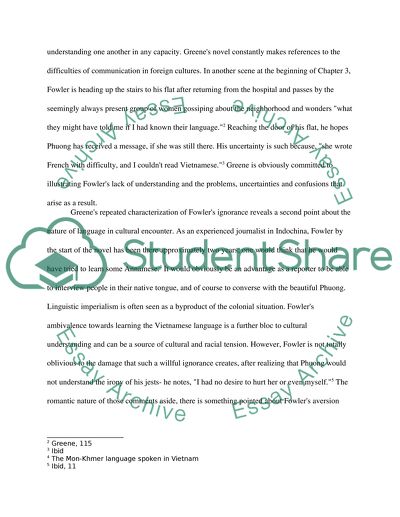Cite this document
(“Racial Tension and Cultural Encounter Book Report/Review”, n.d.)
Racial Tension and Cultural Encounter Book Report/Review. Retrieved from https://studentshare.org/miscellaneous/1526975-racial-tension-and-cultural-encounter
Racial Tension and Cultural Encounter Book Report/Review. Retrieved from https://studentshare.org/miscellaneous/1526975-racial-tension-and-cultural-encounter
(Racial Tension and Cultural Encounter Book Report/Review)
Racial Tension and Cultural Encounter Book Report/Review. https://studentshare.org/miscellaneous/1526975-racial-tension-and-cultural-encounter.
Racial Tension and Cultural Encounter Book Report/Review. https://studentshare.org/miscellaneous/1526975-racial-tension-and-cultural-encounter.
“Racial Tension and Cultural Encounter Book Report/Review”, n.d. https://studentshare.org/miscellaneous/1526975-racial-tension-and-cultural-encounter.


